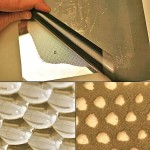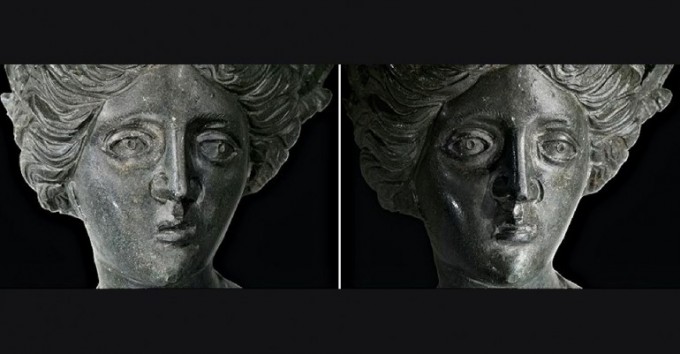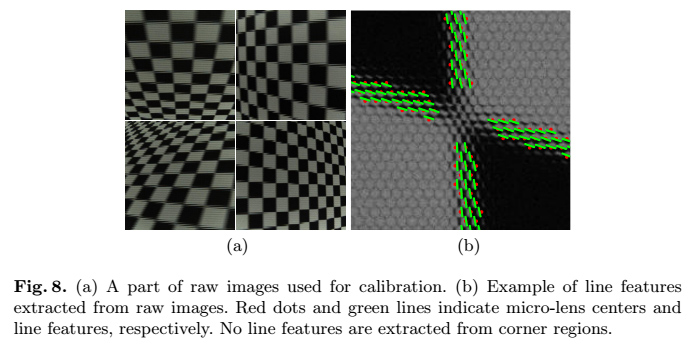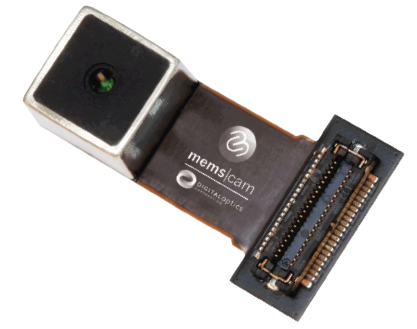Reflectance Paper lets you print LightField Data and keep 3D Information
The computational and interactive possibilities of LightField photography are stunning, to say the least: You can recreate 3D scenes with a single exposure from a single lens, you can change the perspective and refocus on virtually anything in the picture.
But if you’d like to view your pictures independent from a computer, the only practical and feasible way is to use a printer which will create a flat exposure.
We’ve recently reported on a new method to create lenticular prints for improved 3D prints, but they’re still independent from lighting. If you shed light from a different direction, the picture’s highlights and shadows will remain the same.
 A team of researchers at the UC Santa Cruz, Hewlett-Packard Laboratories, and 3M have developed a printing method that will change the picture according to the position of the source of light: It’s called Reflectance Paper, and the materials in use seem somewhat familiar.
A team of researchers at the UC Santa Cruz, Hewlett-Packard Laboratories, and 3M have developed a printing method that will change the picture according to the position of the source of light: It’s called Reflectance Paper, and the materials in use seem somewhat familiar.
Ordinary prints create a flat impression on a flat surface. In contrast, James Davis and his team have been able to encode LightField information into a print using an array of tiny concave mirrors or “metallized dimples” below a semi-transparent printed mask.
Where LightField photography has a microlense in front of every pixel, Reflectance Paper has a “micro-mirror” (or specular microgeometry) that controls the angles of light that will be reflected from its respective pixel:
A pattern of millimeter-size spherical dimples are impressed into the paper in a hexagonal lattice pattern. The depth of the impression (resulting from pressing the paper on a commercial plastic microlens array) is about 50 microns, so that the dimple represents 70% of a hemisphere – sufficient for encoding lighting information from any angle. The dimples are then given a mirrored surface using silver or aluminum sputtering.
The prototype still has a very low resolution and quality. However, recent advances in printing technology, with resolutions of up to 100.000 dpi, will help to shrink the pixel- and mirror size and create “more detailed prints than the best black and white photographic prints”, while retaining all the LightField information necessary for three-dimensional lighting.









Recent Comments